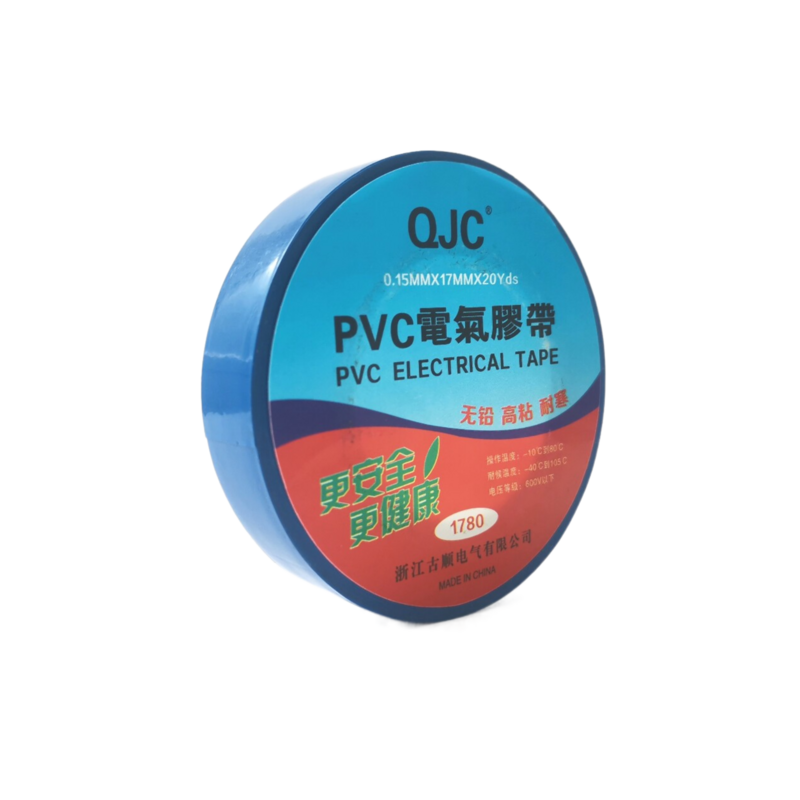Liquid Rubber Electrical Insulation A Game Changer in Electrical Safety
In today's rapidly evolving technological landscape, the demand for efficient and reliable electrical insulation materials has never been greater. One notable innovation in this field is liquid rubber electrical insulation. This versatile material has garnered attention for its superior performance and unique properties, making it a favored choice for various applications in the electrical industry.
Liquid rubber is a synthetic rubber that can be applied in a liquid form, allowing it to mold seamlessly to different surfaces. This characteristic makes it particularly effective for insulating electrical components. When cured, liquid rubber forms a durable, flexible coating that offers exceptional protection against moisture, dust, and other environmental factors that can compromise electrical performance. Its waterproof nature ensures that electrical systems remain functional in adverse conditions, making it ideal for outdoor applications.
One of the most significant advantages of liquid rubber electrical insulation is its excellent dielectric properties. It can withstand high voltages and has low electrical conductivity, minimizing the risk of short circuits and electrical failures. As electrical systems become more complex and the voltage levels continue to rise, the need for robust insulation materials has become paramount. Liquid rubber meets this demand, providing a reliable barrier that enhances electrical safety.
liquid rubber electrical insulation

Moreover, the application process of liquid rubber is user-friendly. It can be easily sprayed or brushed onto surfaces, allowing for quick and efficient coverage of intricate shapes and hard-to-reach areas. This flexibility in application not only saves time but also reduces labor costs, making it an appealing option for engineers and contractors alike. Additionally, liquid rubber cures quickly, allowing projects to progress without unnecessary delays.
Environmental resilience is another key feature of liquid rubber electrical insulation. This material exhibits outstanding resistance to UV rays, chemicals, and extreme temperatures. Its ability to maintain integrity under harsh conditions ensures long-lasting performance, significantly reducing the need for frequent repairs or replacements. As industries strive for sustainability, the durability of liquid rubber contributes to lower maintenance costs and a reduced environmental footprint.
Furthermore, the versatility of liquid rubber extends beyond electrical insulation. It can be used in various applications within the automotive, aerospace, and construction sectors, among others. This multi-faceted nature of liquid rubber makes it a valuable asset in a range of industries, broadening its impact on modern technology.
In conclusion, liquid rubber electrical insulation represents a significant advancement in the realm of electrical safety and efficiency. Its exceptional dielectric properties, ease of application, environmental resilience, and versatility position it as a frontrunner in insulation materials. As the electrical industry continues to innovate and evolve, the adoption of liquid rubber is likely to increase, providing enhanced protection and performance for electrical systems worldwide. With its myriad benefits, liquid rubber is indeed a game changer in ensuring the safety and reliability of electrical applications.
-
XIANGFAN Rubber Tape-Ultimate Solutions for All Your Insulation NeedsNewsJun.24,2025
-
XIANGFAN Rubber Tape-Protection for Industrial and Residential ApplicationsNewsJun.24,2025
-
XIANGFAN Rubber Tape: Superior Safety and Sealing for Demanding EnvironmentsNewsJun.24,2025
-
XIANGFAN Rubber Tape: Reliable Solutions for Every Electrical ChallengeNewsJun.24,2025
-
XIANGFAN Electrical & Industrial Tape: Powering Reliability Across IndustriesNewsJun.24,2025
-
XIANGFAN Electrical & Industrial Tape: Excellence in Every ApplicationNewsJun.24,2025
